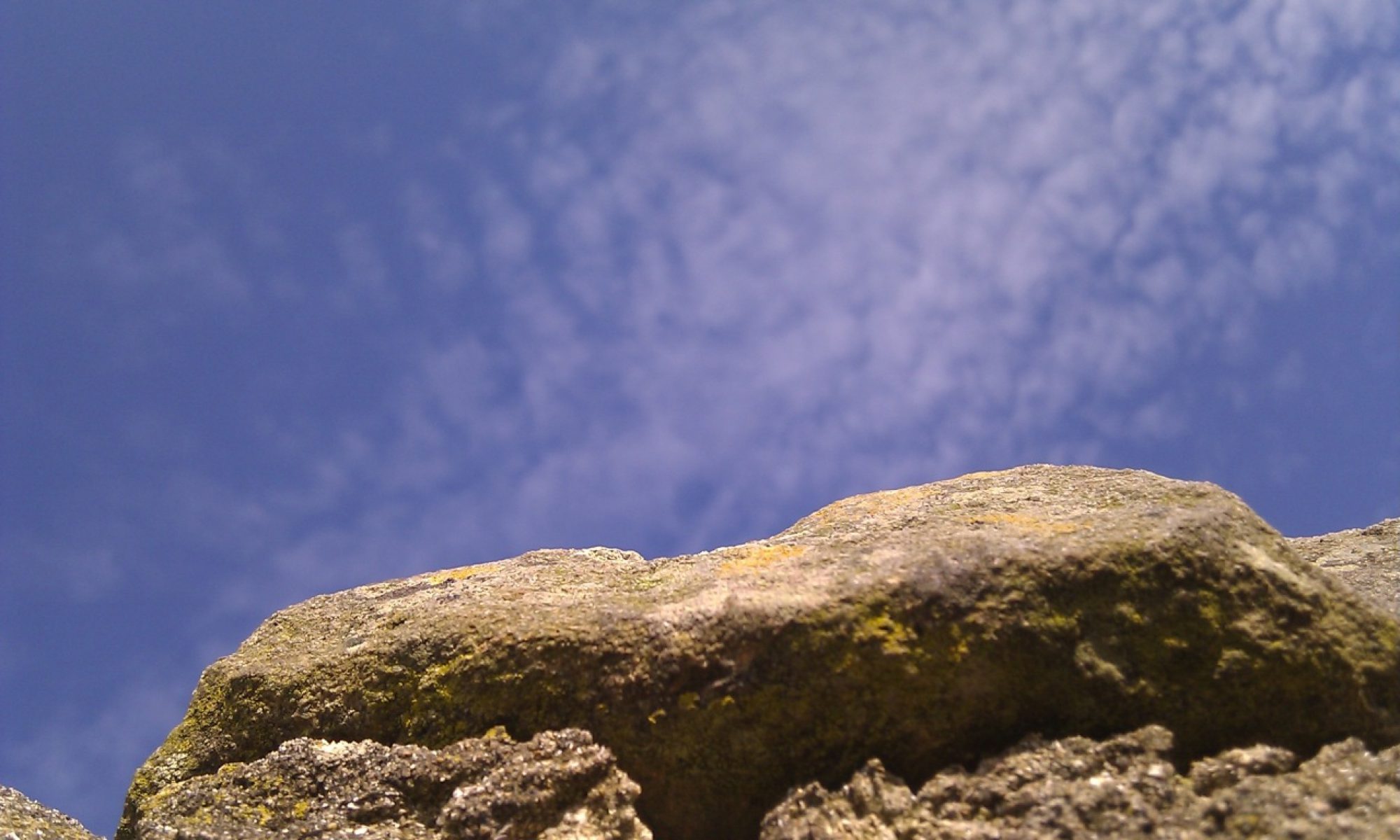Yes, another post with an obscure reference for a title.
After some time discussing tech subjects, I was of a mind of going back to something that has often been misread in the past by IT teams and IT management. And by that I mean : business. Yes, again.
Do not misunderstand me, I am still a technologist, and I love learning about technology, finding out the limits and possibilities of any enw tech that is coming out. I am not a sales person, nor a marketing person. However I have been exposed to many well crafted presentations and talks over the years, and what often came out of even the most interesting ones was that : “our tech is fantastic, buy it!”
All right, I love that tech. Be it virtualisation, SAN, VSAN, public cloud, containers, CI/CD, DevOps… choose whatever you like. But technology is not an end to itself in our day to day world. Whatever matters is what you will do with it for your company or customers.
I will take an example. An easy shot at someone I admire. Mark Russinovich, CTO of Azure, and longtime Windows expert (I would use a stronger term if I knew one 🙂 ). A few months ago, during a conference, he had a demo running where he could spin up thousands of container instances in a few seconds, with a simple command.
First reaction : “Wow!”
Second reaction : “Wooooooowwww!”
Third reaction : “How can we do the same?”
Fourth reaction (probably the sanest one) : “Wait, what’s the point?”
And there we go. What was the point. For me, Mark’s point was to show how good Azure tech is. Which is his job, and this demo made that very clear. But Mark did go further, as he usually does, during his speech and encouraged everyone to think about the usages. Unfortunately, most of the people I have discussed with seem to miss the point. They see the Wow effect, and want to share it. But few of us decide to sit down and think about what the use case could be.
And that is the difficult, and probably multi-million dollar question : how to turn amazing technology into a business benefit.
Never forget that, apart from some very lucky people, we are part of a company that is trying to make money, and our role is to participate to that goal. We should always think about our customers, internal or external, and how we can help them. If doing that involves playing with some cool toys and be able to brag about it, go for it! But that is not the other way around.
PS : to give one answer to how we could use Azure Container instances for the real world, especially the kubelet version of ACI, try and think about batch computing, where you would periodically need to spin up dozens or hundreds of container instances for a very short time. Does that ring any bell for you?
PPS : I could not find the exact session from Mark I am describing here, but there is an almost identical session from Corey Sander and Rick Claus there : Azure Container Instances: Get containers up and running in seconds

